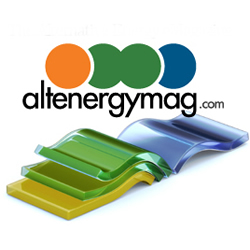Advancements in Hydrogen Fuel Quality Assurance
Key Ideas
- Hydrogen fuel cell technologies require ultra-pure hydrogen, making quality assurance critical for efficient operation and longevity.
- Recent advancements focus on traceable calibration standards, compact analytical instruments, and improved sampling protocols to meet ISO impurity thresholds.
- Various sensors like OFCEAS, photoacoustic spectroscopy, and mass spectrometry are used for sub ppb detection limits, enhancing accuracy in detecting impurities.
- Sampling methods include gas parallel and serial, with off-site analysis options using thermal desorption tubes or liquid sampling to ensure accuracy in impurity measurements.
The demand for ultra-pure hydrogen in fuel cell technologies has necessitated advancements in quality assurance measures. Focus is placed on meeting ISO impurity thresholds through traceable calibration standards and compact analytical instruments. Sensors like OFCEAS, photoacoustic spectroscopy, and mass spectrometry offer high accuracy in detecting impurities. Various sampling protocols, such as gas parallel and serial, are employed at hydrogen refueling stations to minimize contamination risks. Additionally, off-site analysis methods utilizing thermal desorption tubes or liquid sampling enhance accuracy in impurity measurements. The development of reference materials remains a challenge due to the stringent standards required for hydrogen purity. Notwithstanding, efforts to create certified reference materials (CRMs) are ongoing to ensure calibration accuracy and inter-laboratory comparability. Addressing these advancements is crucial for the safe and effective scaling of hydrogen infrastructure globally.
